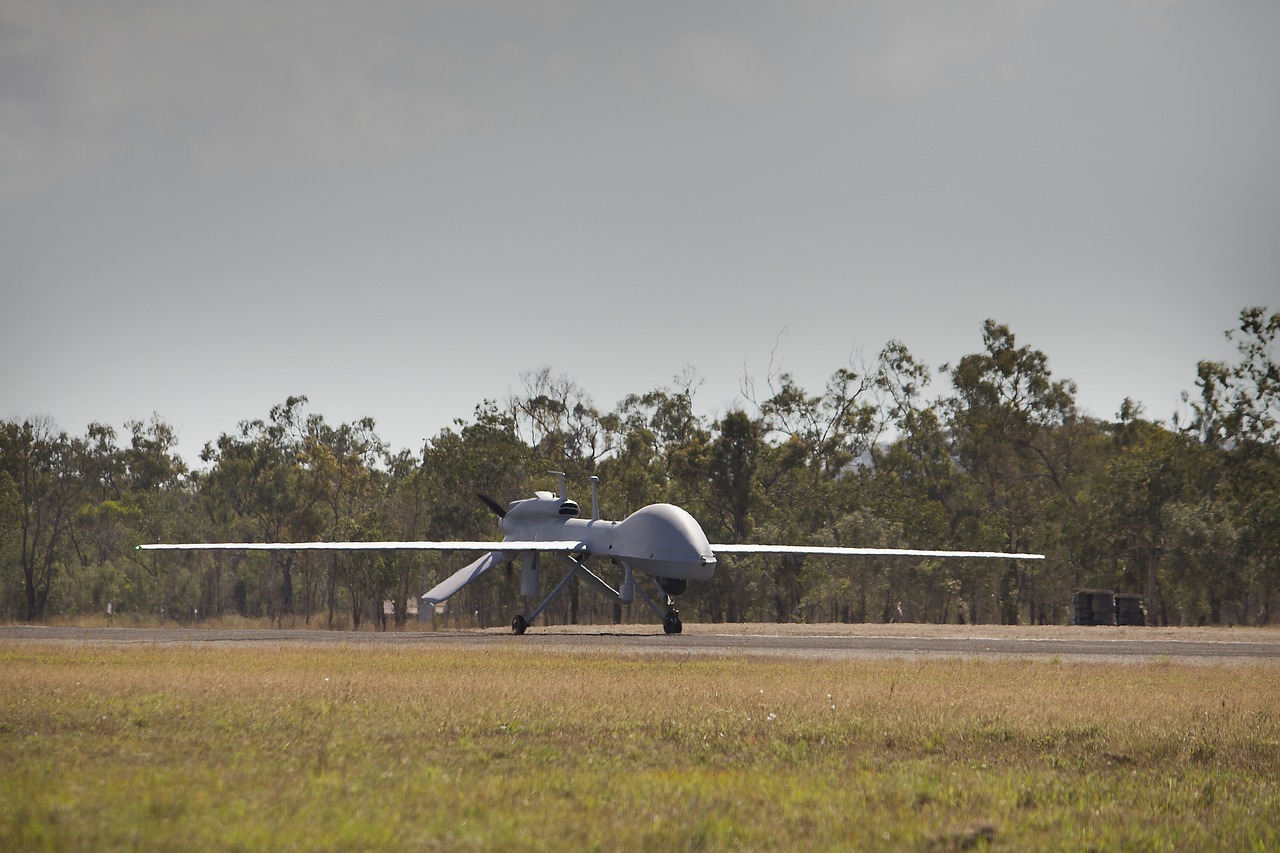This post is also available in:
 עברית (Hebrew)
עברית (Hebrew)
General Atomics has achieved a significant milestone in unmanned aerial systems (UAS) technology with the successful integration of the Gray Eagle Extended Range (GE-ER) drone and the Proliferated Low Earth Orbit (PLEO) satellite network for communication. This achievement, part of a US Army contract, marks the first time a US Army aircraft has been controlled via the PLEO satellite network. The company completed two flights of the GE-ER drone, alongside multiple ground tests, focusing on aircraft control, sensors, and communications capabilities. Further tests are planned to assess extended flight operations.
The GE-ER’s ability to leverage PLEO, alongside other satellite constellations such as Geostationary Earth Orbit (GEO) and Low Earth Orbit (LEO), positions it as a versatile platform for secure, resilient communication, navigation, and data management, according to the press release. These capabilities are vital for adapting to rapidly changing operational environments, ensuring reliable connectivity even in the most challenging conditions.
The Gray Eagle family of UAS is built using a Modular Open Systems Approach (MOSA), allowing for easy upgrades and seamless integration with new technologies like the PLEO satellite network. This modular design enables the system to evolve quickly, ensuring long-term relevance as technological advancements continue.
Space-based communication capabilities are a growing focus for US defense. The US Space Development Agency is developing a satellite network designed to improve communications, missile tracking, and defense capabilities. The PLEO constellation is a critical component of this strategy, supporting not just tactical operations but also strategic defense initiatives.
As the US military continues to diversify its satellite infrastructure, the GE-ER’s integration with PLEO illustrates the increasing importance of hybrid, resilient space-based networks in maintaining technological superiority and supporting modern defense operations. This achievement sets the stage for more advanced UAS missions and enhanced global communication capabilities.


























